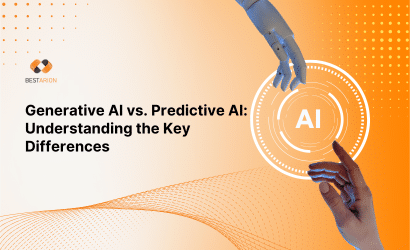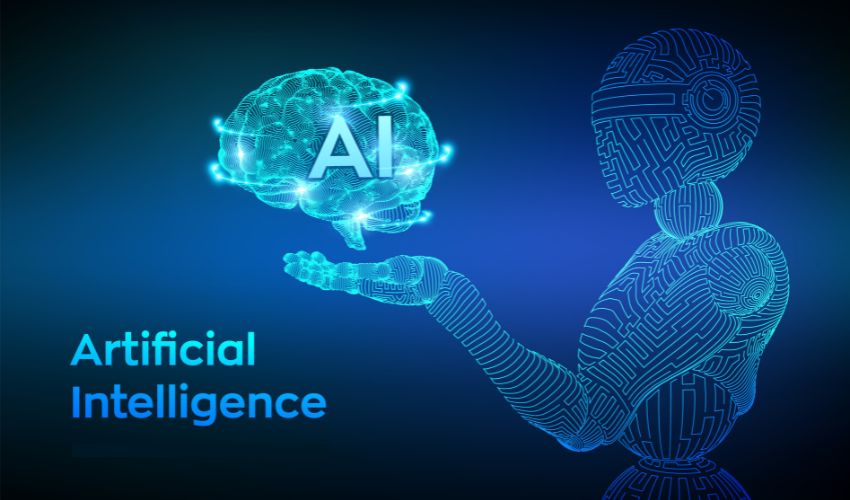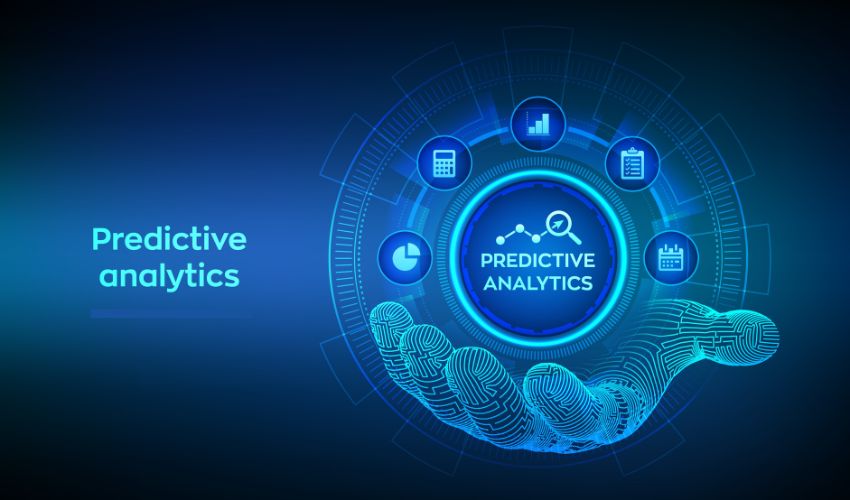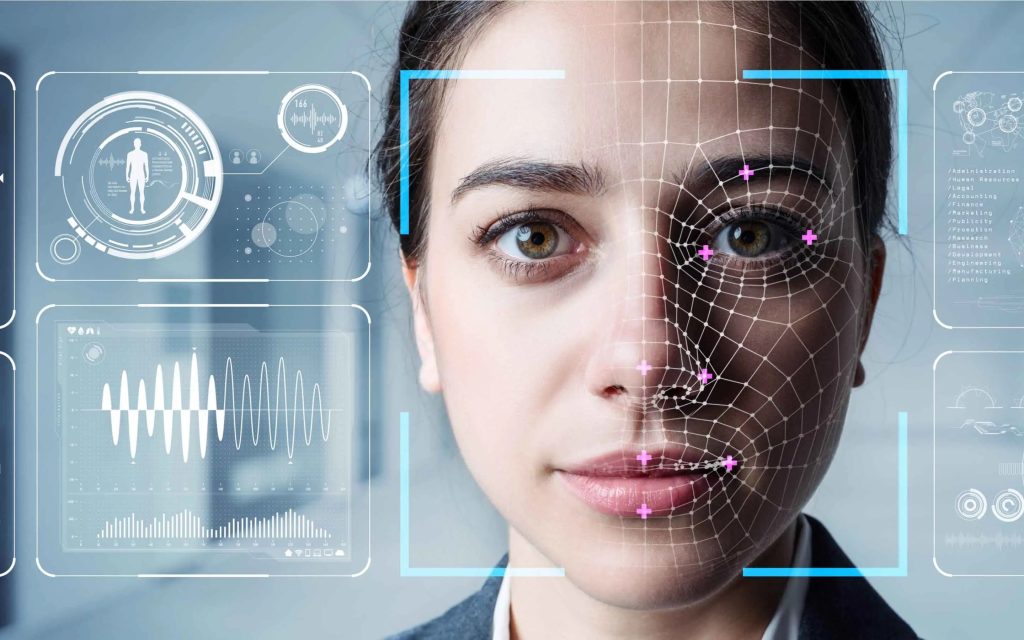Generative AI vs. Predictive AI: Understanding the Key Differences

In recent years, artificial intelligence (AI) has rapidly evolved from a futuristic concept to a transformative force in business, technology, healthcare, and countless other sectors. Among the most talked-about innovations are Generative AI and Predictive AI—two powerful branches of AI that are revolutionizing how we interact with data and automation.
While both are subsets of machine learning and often overlap in function, Generative AI and Predictive AI serve fundamentally different purposes. Understanding these differences is crucial for businesses, developers, and decision-makers who aim to leverage AI technologies to gain a competitive edge.
In this comprehensive article, we’ll dive deep into the core distinctions, functionalities, benefits, limitations, and use cases of Generative AI vs. Predictive AI to help you understand which solution best fits your specific needs.
What is Generative AI?

Generative AI refers to a class of artificial intelligence that is capable of creating new content. This includes generating text, images, videos, audio, code, and even 3D models, based on training data it has been exposed to.
Key Characteristics of Generative AI:
-
Learns patterns and structures from large datasets
-
Creates new data that mimics the original training data
-
Uses unsupervised or semi-supervised learning techniques
-
Often built using architectures like Generative Adversarial Networks (GANs) or transformer-based models such as GPT (Generative Pre-trained Transformer)
Examples of Generative AI Applications:
-
Text generation: ChatGPT, Jasper.ai, Copy.ai
-
Image generation: DALL·E, Midjourney, Stable Diffusion
-
Code generation: GitHub Copilot
-
Video synthesis: Runway ML
-
Music composition: AIVA, Amper Music
Benefits of Generative AI:
-
Creative and scalable content production
-
Enhances design, marketing, and storytelling workflows
-
Enables synthetic data generation for model training
-
Facilitates personalized experiences at scale
Read more: Top 40 Large Language Models (LLMs) in 2025: The Definitive Guide
What is Predictive AI?
Predictive AI uses historical data to make informed guesses about future outcomes. Unlike Generative AI, it doesn’t create new content but rather interprets existing data to predict trends, behaviors, or decisions.
Key Characteristics of Predictive AI:
-
Relies on supervised learning models
-
Uses historical and real-time data for forecasting
-
Focuses on regression, classification, and time-series analysis
-
Often used in business intelligence and operational forecasting
Examples of Predictive AI Applications:
-
Sales forecasting: Predicting quarterly revenue
-
Customer behavior analysis: Identifying churn risks
-
Fraud detection: Spotting unusual financial transactions
-
Healthcare diagnostics: Anticipating disease progression
-
Demand forecasting: Inventory and logistics planning
Benefits of Predictive AI:
-
Increases decision-making accuracy
-
Mitigates risks by forecasting potential issues
-
Helps optimize resource allocation
-
Boosts operational efficiency and productivity
Read more: Agentic AI Trends in 2025: Navigating the Future of Autonomous Intelligence
Generative AI vs. Predictive AI: Core Differences
| Feature | Generative AI | Predictive AI |
|---|---|---|
| Purpose | Creates new content | Forecasts future outcomes |
| Learning Type | Unsupervised/semi-supervised | Supervised |
| Output | Text, images, music, code, etc. | Predictions, scores, classifications |
| Techniques | GANs, Transformers, VAEs | Decision trees, neural networks, regression models |
| Input | Large datasets for creativity | Historical, structured data |
| Use Case Focus | Content creation, ideation, personalization | Forecasting, risk analysis, diagnostics |
| Examples | ChatGPT, DALL·E, Midjourney | Salesforce Einstein, IBM Watson, SAP Predictive Analytics |
In-Depth Technical Comparison
1. Model Architecture
-
Generative AI often uses transformer-based models, such as GPT or BERT for text, and GANs for image and video generation. These models focus on learning latent representations to generate coherent new data.
-
Predictive AI, in contrast, relies more heavily on supervised machine learning models, including Random Forests, Support Vector Machines (SVMs), Linear Regression, and Recurrent Neural Networks (RNNs).
2. Training Approach
-
Generative models require vast and diverse datasets, usually trained in an unsupervised or self-supervised way. They learn how data is structured and use that understanding to generate new variations.
-
Predictive models are typically trained with labeled datasets, where each input has a known output, allowing the model to learn the mapping from input to outcome.
3. Output Type
-
Generative AI outputs new, unseen content, which can be novel yet similar to what it was trained on.
-
Predictive AI outputs numerical values, probability scores, or classifications (e.g., spam vs. not spam).
Practical Use Cases: Generative AI vs. Predictive AI
Marketing
-
Generative AI: Automatically generates blog posts, ad copy, social media captions, email campaigns.
-
Predictive AI: Forecasts customer lifetime value, identifies high-converting audiences, predicts ad performance.
Healthcare
-
Generative AI: Synthesizes medical images or patient records for simulation and training.
-
Predictive AI: Detects early signs of disease, forecasts patient outcomes, assesses treatment effectiveness.
Finance
-
Generative AI: Creates synthetic datasets for training fraud detection models.
-
Predictive AI: Predicts stock prices, credit scores, and default risks.
E-commerce
-
Generative AI: Creates product descriptions, designs, and chatbot dialogues.
-
Predictive AI: Recommends products based on user behavior, forecasts sales trends, manages inventory.
Education
-
Generative AI: Designs quizzes, summarizes textbook content, generates interactive lessons.
-
Predictive AI: Anticipates student dropouts, personalizes learning pathways, forecasts academic performance.
Challenges and Limitations
Generative AI Limitations:
-
Bias: Models can reflect biases present in training data.
-
Misinformation risk: Can produce convincing but inaccurate content.
-
High compute cost: Training and deploying large models is resource-intensive.
-
Ethical concerns: Deepfakes and fake content creation can be misused.
Predictive AI Limitations:
-
Requires clean, labeled data: Predictive models are only as good as the quality of the input.
-
Overfitting: Models may not generalize well if overtrained on specific datasets.
-
Black-box nature: Some models, especially deep learning, lack explainability.
-
Limited creativity: Cannot generate new content, only forecast based on trends.
How Generative and Predictive AI Work Together
In many modern AI applications, generative and predictive AI complement each other rather than work in isolation. For example:
-
In a customer service chatbot, predictive AI determines the user’s intent, while generative AI crafts the response in natural language.
-
In fraud detection, predictive AI identifies unusual behavior, and generative AI simulates potential fraud scenarios for training.
When integrated strategically, these two AI types can power more intelligent, adaptive, and creative systems.
The Future of Generative and Predictive AI
Both Generative and Predictive AI are evolving rapidly. The integration of multimodal models, which combine text, images, and audio, will further blur the lines between creation and prediction.
Emerging trends include:
-
Generative AI + Predictive Modeling: Using generative models to create synthetic training data for better predictive accuracy.
-
AutoML and self-improving models: AI that builds and fine-tunes other AI models.
-
Domain-specific generative models: Tailored models for healthcare, law, and finance.
-
Explainable Predictive AI: Tools that make model decisions more transparent and auditable.
As AI becomes more ubiquitous, organizations must evaluate their specific goals, data availability, ethical responsibilities, and compliance requirements to determine which AI approach to adopt—or how to blend both effectively.
Conclusion: Which One Should You Choose?
Choosing between Generative AI and Predictive AI ultimately depends on what you’re trying to achieve.
-
If your goal is content creation, simulation, or ideation, Generative AI is the right tool.
-
If you need to forecast trends, assess risks, or make data-driven decisions, Predictive AI will be more appropriate.
That said, the most powerful AI systems of the future will likely combine both. Forward-thinking businesses are already using generative models to fuel predictive engines and vice versa—delivering smarter, more nuanced experiences for users and stakeholders alike.


